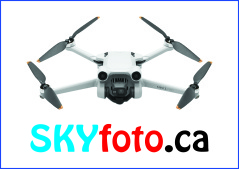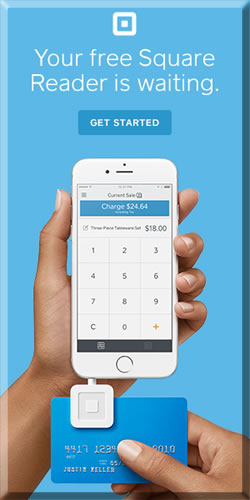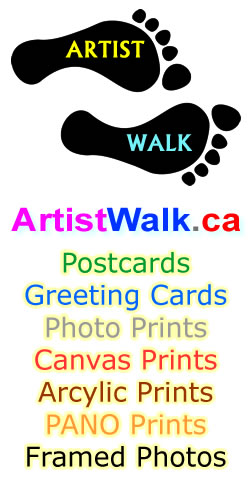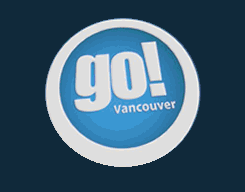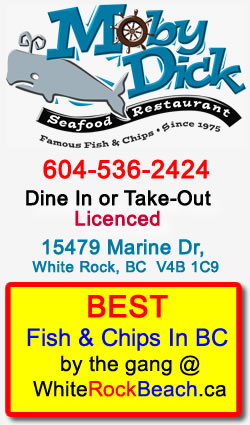Know What ID is Necessary: For entry into the United States and then re-entry to Canada, you need a passport or equivalent travel document.
Accepted ID:
- Canadian Passport
- Enhanced Driver’s License (EDL)/Enhanced Identification Card (EIC)
- NEXUS card (used where the program is available)
- Free and Secure Trade (FAST) card used in FAST lanes
- Canadian citizenship card
- Certificate of Indian Status
- Birth certificate in combination with either a driver’s licence or a government-issued photo identification
Note: The Canadian Government strongly recommends that Canadians travel with a valid Canadian passport to avoid facing delays.
Other rules may apply for parents/guardians or non-custodial adults travelling with children. Please see: Canada Border Services Agency admissibility.
More information available here: Western Hemisphere Travel Initiative.
Before Your Trip
Clean your vehicle. Check inside the car including the glove box and under the seats. Empty your trunk of unnecessary items.
Don’t give border officials reasons to question you, as this may add time to your border crossing. I would even recommend vacuuming the inside of your car. Once I found a red pill-shaped hard candy underneath one of the seats (Mike & Ike’s). A customs officer could mistake this for drugs. Crossing the Windsor/Detroit border, I saw a teenager being booked for drugs when the “pills” he had in his pocket were actually just Tic-Tac breath mints. The USA customs agent said he did not care what the street name was and was unaware of the product sold in stores.
Any device like a computer, cell phone, iPad or tablet could be seized for review of their contents. Know what is on your devices. If you are self-employed and bring tools of your trade – i.e. construction worker with hammers, saws, drills, etc. – you could be turned away on the assumption that you would be working illegally in another country. Long story short: know what is in your car, pockets, etc. Make the job easier for customs if they do a search.
At the Border Services Booth
Be Prepared:
The driver should have in hand his and all his passengers’ ID (preferably passports) before reaching the border services booth. Remove your sunglasses, turn off the radio and cellphones – don’t start playing with these devices once you’ve arrived at the booth.
Know where you are going, how long you’ll be gone, how much money you have on hand, and the nature of your trip. If you are leaving anything behind declare it.
Roll down your front and back windows so that the border officer can speak to everyone in the vehicle as well, or see what’s in the back seat. Don’t give them reasons to detain you.
Answer the Questions and Only the Questions:
The Border Services Officer at the Canada/US border will ask you a series of questions, such as: “How long you will be in the country?” “Why are you traveling to Canada/United States?” and “What is the address of the place where you will be staying?” Answer these questions directly but don’t embellish. This is not a time to seem unsure or crack jokes.
The best thing we have found is to only answer the exact question they ask. Don’t add information that they didn’t ask for. If they want details, they will ask. Do not try to be a comedian or make conversation. Do not use weasel words like “maybe” as in “we’ll maybe do some sightseeing too” –be firm and exact about where you’re going and why. Most importantly, look the border agent in the eyes when you speak.
Have Your Vehicle Registration Available:
Border officials are always on the lookout for stolen vehicles or people trying to avoid duties on vehicles purchased out of country, so having your car registration on hand is a good idea.
Travelling with Children:
Border agents are always on watch for missing children. Parents who share custody should carry copies of their custody agreements. If one parent is travelling with the children, he/she should have the other parent’s written permission in the form of a consent letter with contact information. The same rules apply to non-custodial adults travelling with children: make sure you have a letter of consent containing contact info from both parents.
More information here.
Coming Home:
One of the most important things to do is document your trip. How? With receipts. Bring a calculator so you can tally everything up. You should take note of the time (and date, if you’ll be gone more than one day) you crossed because you most certainly will be asked how long you were gone. Make sure you are honest and declare everything.
Know Before You Go
There’s a number of things to make sure of before you travel to the United States and back home again.
Check out the U.S. Know Before Your Go page.
And from the Canadian Border Services website, here are a bunch of links for Residents Returning to Canada.
You can check out detailed information on duties, taxes and exemptions here. From our own experience buying gas and groceries every couple of weeks on day trips, border agents seem more concerned with people who try to bring alcohol, tobacco, firearms, and high-priced gadgets into the country. As long as you stick to the restrictions on these items, you shouldn’t have a problem.
But our number one recommendation: Be honest and declare everything. Not doing so could get you blacklisted and searched every single time you try to cross, or you could even end up banned for life.
Check Out Border Wait Times Before Crossing
Before crossing the border into the Unites States, check out border wait times, especially if you can choose from two or three different border crossings.
Government of British Columbia – BC/US Border Wait Times – real-time updates
Additional Information
Identification of Articles for Temporary Exportation – take advantage of this free service available at all CBSA offices. We have cards listing all our camera equipment, tablets, etc (all with serial numbers) – any expensive goods purchased right here in Canada. If asked upon return to Canada, you can show them the card(s) for your equipment, which identifies these goods were in your possession before leaving the country.
The cards need to be signed by you and the border services agent who examines your goods and verifies any serial numbers. Note: to locate the serial number for your tablets, etc. to show the customs agent, you’ll need to check the settings on your devices.
Our best recommendation: Get this done ahead of time at a CBSA office – don’t leave it until the day of your trip. Take the time to register as many high-value items as possible – whatever you think you might want to take with you when you cross the border. We registered all our valuables at the airport CBSA office. You can go to your local Canadian Border Services office, but don’t expect to be able to register your goods while sitting in your car at the border crossing booth waiting to cross – a big no-no.
